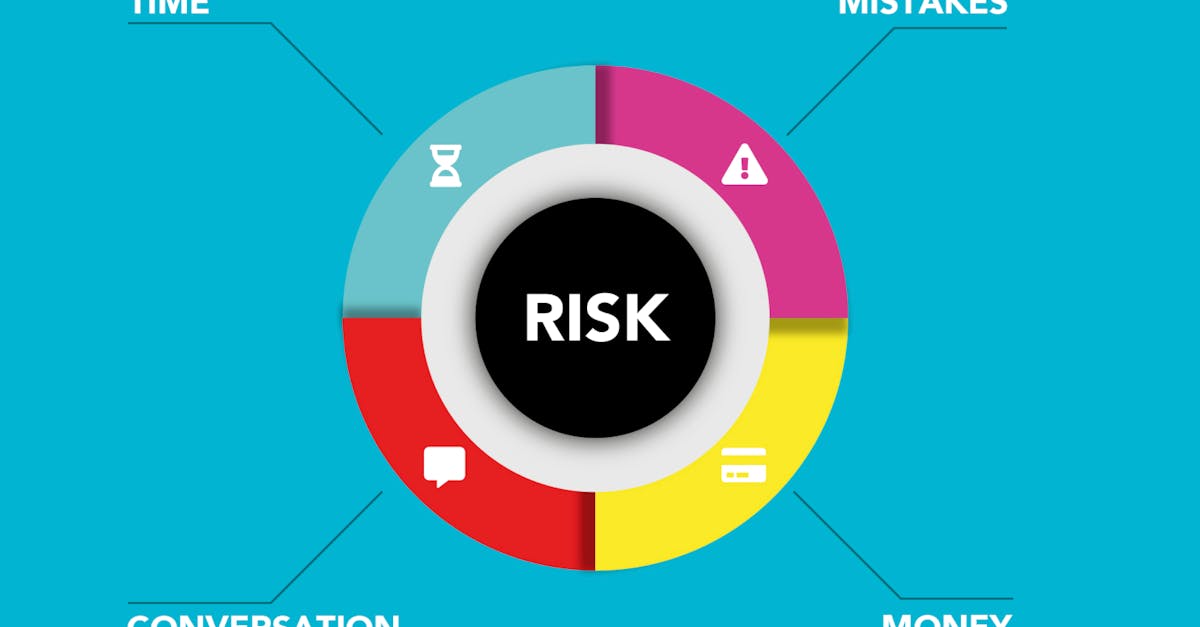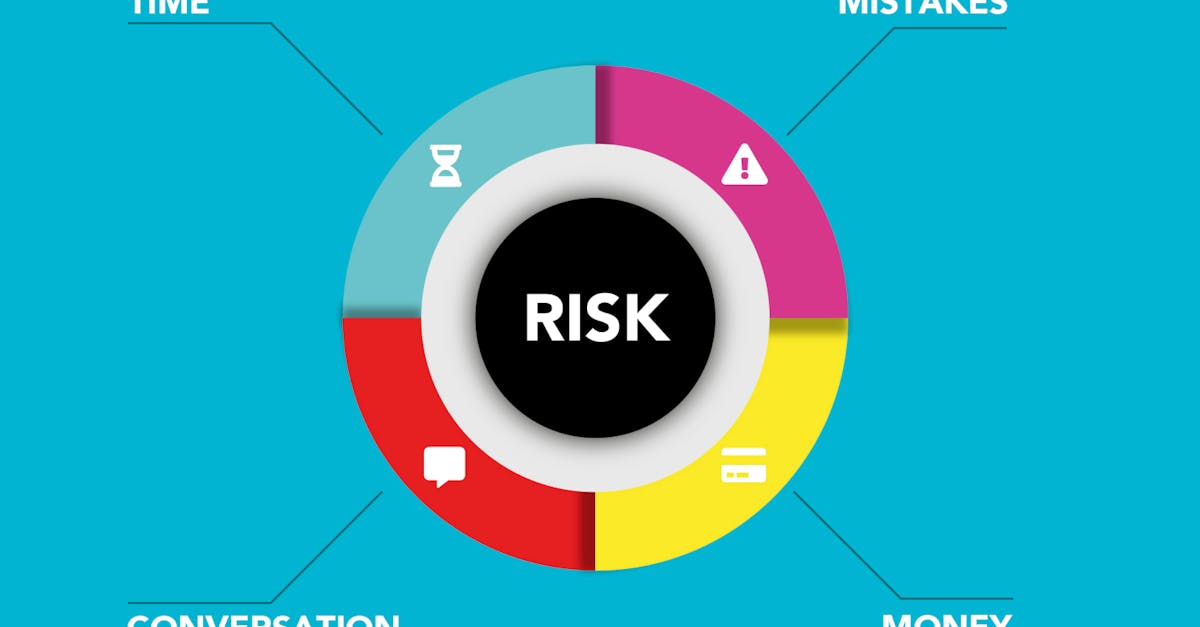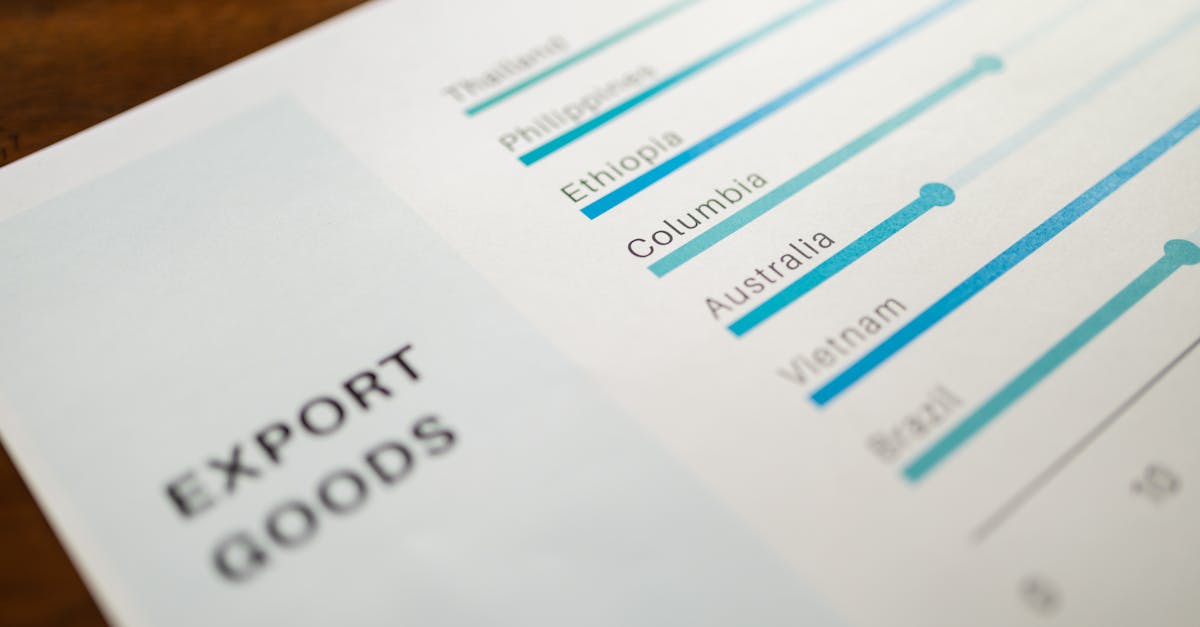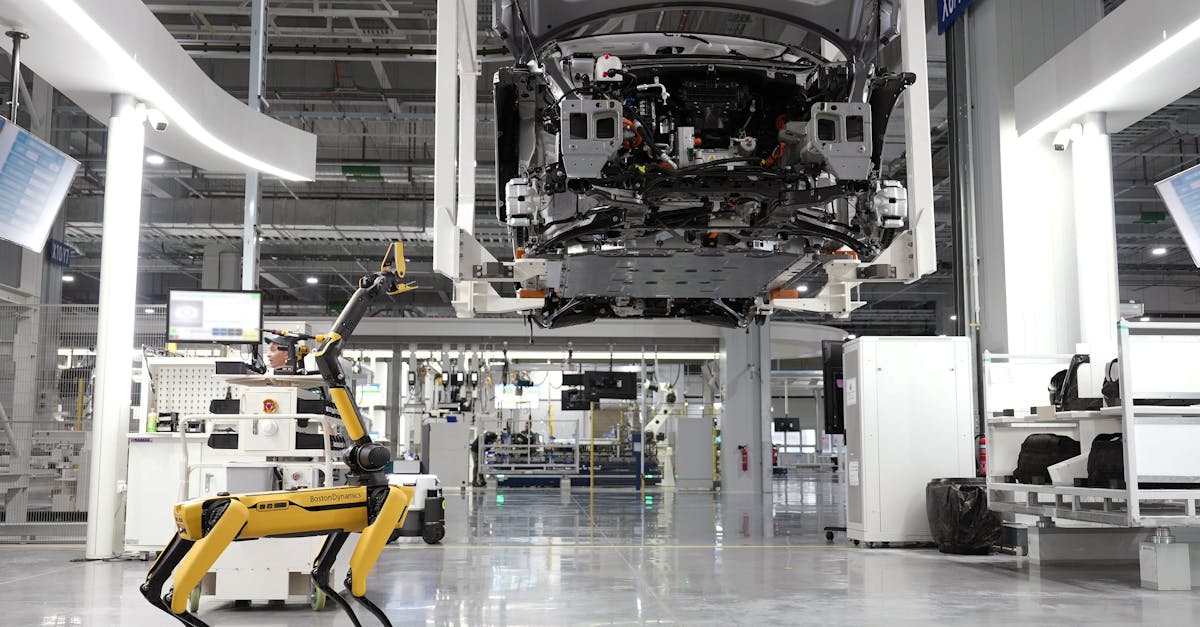The Future Of Global Supply Chains Trends To Watch In 2025
Introduction
Global supply chains are the backbone of modern commerce, facilitating the movement of goods across continents and connecting markets like never before. As we look towards 2025, supply chains are on the brink of transformative changes, driven by technological advancements, evolving consumer expectations, and geopolitical dynamics. Businesses and consumers alike are becoming increasingly conscious of sustainability, ethical sourcing, and the reciprocal impact of these networks. Navigating through challenges and opportunities, supply chains are adapting to meet new societal needs. This article explores the upcoming trends set to redefine global supply chains by 2025.
Advertisement
Technological Advancements Transforming Supply Chains
Technology continues to be a driving force in enhancing supply chain efficiency and resilience. By 2025, emerging technologies like blockchain, artificial intelligence (AI), and the Internet of Things (IoT) are expected to revolutionize supply chain management. Blockchain offers an immutable ledger ensuring transparency and traceability, reducing fraud and improving accountability across the board. AI is set to optimize predictive analytics, demand forecasting, and logistical operations, leading to more informed decisions. Meanwhile, IoT devices will provide real-time visibility into inventory and transit conditions, ensuring quick responses to potential issues.
Advertisement
The Rise of Circular Economies
Circular economies prioritize reusability and resource optimization, aiming to reduce waste and extend product lifecycles. By 2025, adoption of circular supply chain models will have significantly grown, prompted by environmental concerns and regulatory pressures. Companies will focus on designing products for longevity, repairability, and recycling. Reverse logistics will gain prominence, with more mechanisms in place to reclaim end-of-life products for remanufacturing or recycling. This shift will not only conserve resources but also create new economic opportunities.
Advertisement
Flexibility and Resilience in Supply Chains
The COVID-19 pandemic exposed vulnerabilities within global supply chains, highlighting the need for greater resilience. In 2025, supply chains will be designed with adaptability in mind, capable of swiftly responding to disruptions whether they be natural calamities, geopolitical tensions, or economic shifts. Diversification of suppliers and regions, coupled with digital twin simulations, will empower companies to foresee potential choke points and model varying scenarios. This proactive approach will mitigate risks and uphold supply chain integrity.
Advertisement
Sustainability And Ethical Sourcing
Consumer demand for sustainable and ethically sourced products will continue to influence supply chain configurations in 2025. Companies will prioritize eco-friendly practices, from sourcing raw materials sustainably to minimizing carbon footprints. Transparency will be key, with businesses utilizing technology to share their sustainability efforts with consumers. Ethical sourcing will become non-negotiable, ensuring that suppliers adhere to fair labor practices, humane work conditions, and environmental compliance.
Advertisement
Navigating Geopolitical Realities
The ongoing geopolitical landscape poses challenges and opportunities for global supply chains. By 2025, trade agreements, tariffs, and regional alliances will influence supply chain strategies. To mitigate impacts from geopolitical tensions, companies will reevaluate existing partnerships, explore regional production hubs, and diversify transport routes. Additionally, onshoring and nearshoring will gain traction as businesses aim to reduce dependence on distant sources while capitalizing on local market demands.
Advertisement
Emergence of E-commerce and Omnichannel Logistics
The e-commerce boom continues to reshape retail and consequently transform supply chains. By 2025, omnichannel logistics will become the norm, requiring seamless integration of online and offline sales channels. Quick and reliable delivery services will be imperative, necessitating more localized distribution centers and advanced last-mile delivery networks. Retailers will invest in technology to maintain inventory accuracy and streamline cross-channel transactions, meeting the expectations of convenience-driven consumers.
Advertisement
Data-Driven Decision Making
Data analytics and big data will play a pivotal role in shaping strategic supply chain decisions by 2025. Real-time data collection and analysis will facilitate better demand forecasting, inventory management, and strategic planning. By leveraging data insights, companies will be able to identify patterns, predict market changes, and optimize operations for efficiency and cost-effectiveness. Data-sharing partnerships across the supply chain will foster enhanced collaboration and innovation.
Advertisement
Developments in Last-Mile Delivery
As e-commerce grows, last-mile delivery remains a critical component of the supply chain. By 2025, innovations in last-mile delivery, like drones, autonomous vehicles, and smart lockers, will take center stage. These advancements will not only improve speed and reliability but also decrease environmental impact. Companies will seek out alternatives to traditional delivery methods that are cost-effective and environmentally sustainable, ensuring seamless delivery experiences for end consumers.
Advertisement
Conclusion
As we approach 2025, global supply chains are poised for monumental shifts. Technological advancements, sustainability initiatives, and geopolitical dynamics will reshape how goods move from producers to consumers. Embracing circular economies and flexible logistics will become crucial for businesses that aim to remain resilient and competitive. The integration of e-commerce, data-driven strategies, and last-mile innovations will facilitate improved customer satisfaction. In navigating these complexities, maintaining transparency and ethical practices will define the future of supply chains, ensuring robust and responsible networks for years to come.
Advertisement








